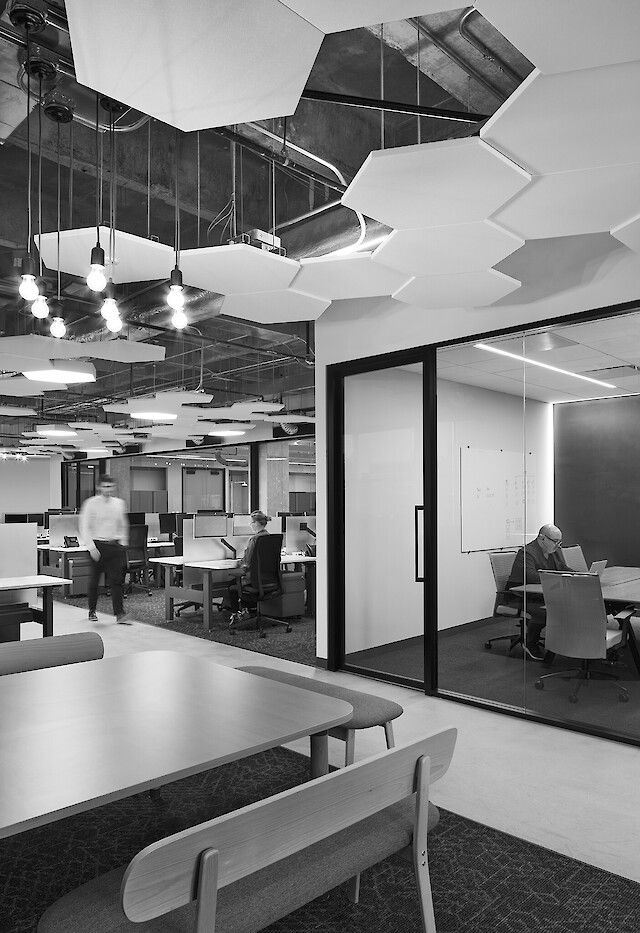Molecular latent space simulators
Chemical Science
2020
We use evolutionary deep learning to mimic millions of years of evolution in the lab.
Proteins make living things work. Our mission is to create novel proteins that address critical problems.
To achieve this, we turned to evolution for guidance and found a transformative set of principles that explain how proteins function.
Evozyne uses that knowledge to make adaptive, high-performance proteins that solve long-standing therapeutic challenges.
Uses computational chemistry to make changes to the protein structure to guide new protein design.
Does not always require high-throughput assays and effective at producing stable proteins.
Requires an understanding of protein structures and how they fold—a challenge for many protein families.
Is computationally intensive.
Induces steps of random changes to the protein to steadily improve function.
Effective at designing gradual improvement of functions starting from specific sequences.
Very local exploration of sequence space.
Challenging to optimize over multiple parameters simultaneously.
Applies the rules of evolution to guide a rational search of a vast design space to create novel high-performance proteins.
Explores the impact of changes throughout a protein to unlock the full potential of the structure.
Optimizes multiple parameters simultaneously.
Generates a large space of functional protein solutions with extraordinary diversity.

Any difficult problem that you want proteins to solve requires a model.
We challenge proteins with a novel problem much like what nature might have done.
We accelerate the search for solutions using our models.
With every iteration, the models learn on what might have taken place over millions of years. This lets us leapfrog into new spaces of protein solutions that nobody has searched before.

Our platform is based on decades of fundamental research into how and why proteins are built the way they are through the process of evolution.
Below are several key papers on the development of evolutionarily consistent models for protein structure and function.
Chemical Science
2020
Science
2020
Physical Biology
2018
PNAS
2016
Cell
2016
Cell
2015
Nature
2012
Molecular Systems Biology
2011
Cell
2009
Science
2008
Nature
2005
Nature
2005
Science
1999